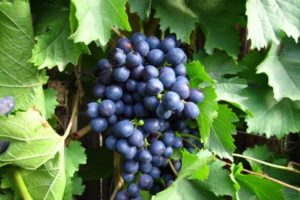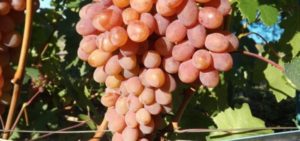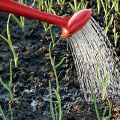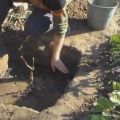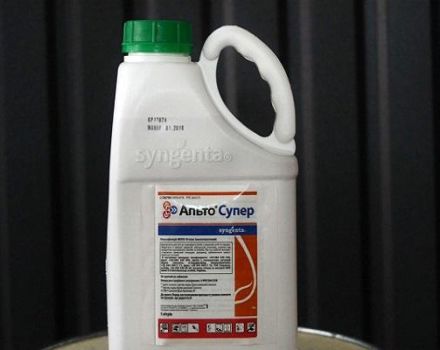How to properly water the grapes during ripening and the timing of the procedure in summer
Grape bushes do an excellent job with drought due to their powerful root system. But without water they grow worse, bear less fruit, the harvest is poorer. Irrigation has a beneficial effect on the crop, increases crop endurance and improves frost resistance. Watering the grapes in the summer, during its ripening, is extremely necessary for the plants if there is a need to get good berries every year.
The benefits of summer watering grapes
We will find out if the bushes need to be moistened in summer. Summer irrigation is more focused on the evaporation of excess liquid contained in the leaves. At high above-zero temperatures, air humidity is greatly reduced, which leads to an increase in the internal temperature of the vines. If the bushes are moistened during such a period, then evaporation will occur faster. Breathing inside the cells will be restored, and the metabolism will normalize. Such irrigation is called vegetative irrigation.
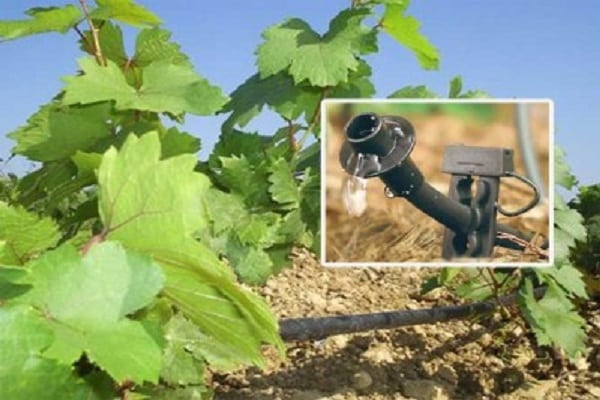
In dry summers, watering is necessary for the timely cooling of the crop so that the bushes are not exposed to thermal stress. The necessary water is always retained in the soil and helps the culture to grow and develop normally. Watering is completed when the berries acquire the color characteristic of the variety.
When is the best time to water?
Although the plant is drought tolerant, watering is essential - it is part of the maintenance. The crop needs the right amount of moisture. When the climatic conditions are favorable, precipitation falls regularly, then irrigation is often impossible. If the summer is dry, with low humidity, then humidification must be carried out.
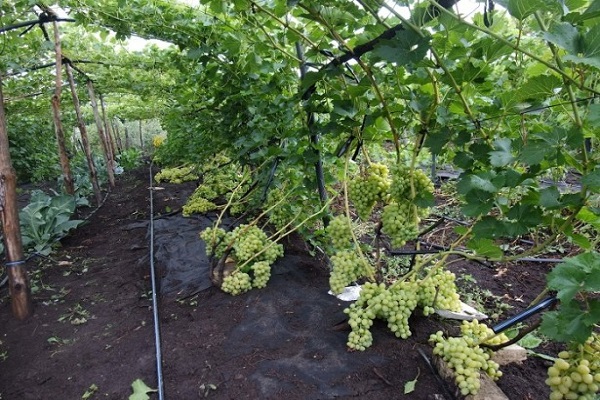
It is worth knowing how many times a day you need to irrigate. Top dressing of bushes is impossible without irrigation, since water helps to absorb nutrients in the compost.
The best time to water is during the evening hours. Irrigate with rain, settled water. It is pre-poured into 200 liter barrels. The next day after irrigation, the soil must be loosened so that oxygen can penetrate to the rhizome.
Before flowering and during it, you cannot water the bushes, otherwise the ovaries will crumble, and they will be poorly pollinated. The plant consumes water most actively during the ripening period of the berries. During this time, the plant needs half of the liquid norm for the entire season. Moisturize until the berries are soft.
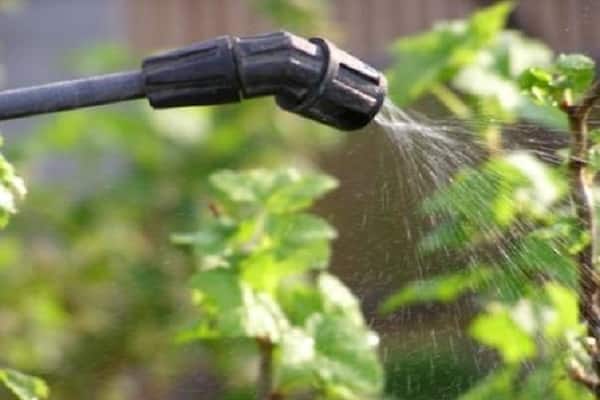
The efficiency will be higher when watered at the time of coloring the fruit. All varieties have their own distinctive features, but there are well-established requirements on how to properly water. Scroll:
- acceptable water temperature - in spring it should be warm, and a little cool in summer;
- watering in the evening;
- 1-2 buckets for 1 event;
- fruiting bushes are moistened 4 times per season, seedlings - 1 time per week.
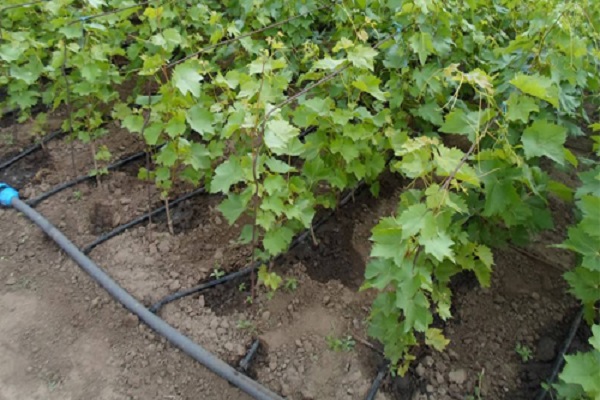
How much water do you need?
There is no clear instruction, indicating the amount of water, irrigation time, how and how often to water. Requirements depend on many factors:
- Features of the climatic zone. In arid regions, watering is carried out much more often.
- Soil composition. Light sandy soil with plants is watered more often, but the volume of water is greater. Chernozem and clay soil is watered abundantly, but not so often.
- Weather. Even on the territory of one region in different years, the amount of water for irrigation may vary depending on temperature and precipitation.
- A kind of culture. Late ripening plants need more moisture.
- Number of clusters, age and size of plants. Adult bushes in the summer need to be watered more than two-year-old grapes.
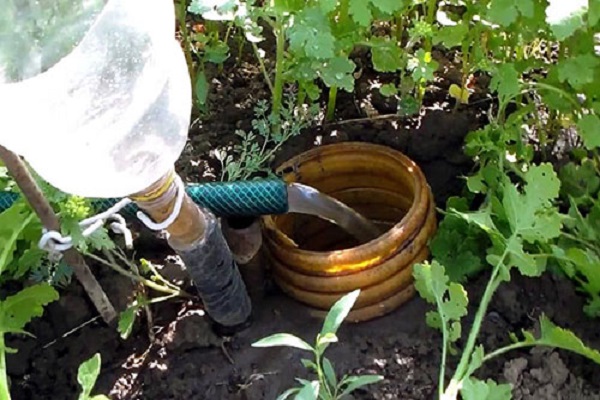
What watering methods are there?
In spring, each plant can absorb up to 250 milliliters of water. Consider how to water grape bushes in summer. The same amount of liquid is needed in dry season and during the main summer irrigation. Also, the plant consumes a lot of moisture when the fruits ripen. During the growing season, plants absorb 50 liters per square meter.
How to properly irrigate sandy and sandy loam areas with grapes? They are watered 1.5 times more. The depth is at least 40 centimeters so that the culture does not form superficial roots.
Signs of waterlogging:
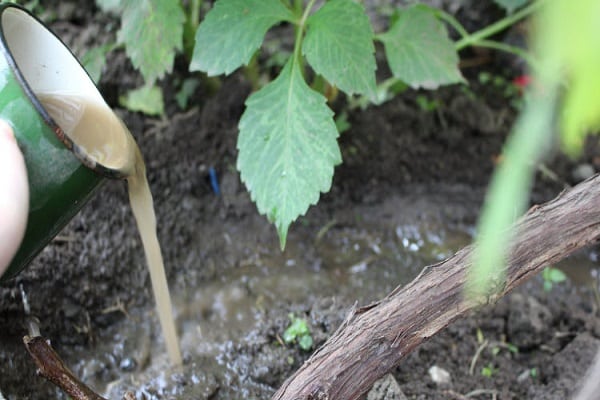
- increased growth of seedlings, a large number of stepchildren;
- watery fruits with a savory taste;
- unusual coloring of berries for the variety.
There are 2 ways to irrigate:
- superficial;
- underground.
In the first option, water is poured into single pits or grooves created near the base of several bushes. The grooves are dug to a depth of 20 centimeters. This method is not very effective for large varieties with deep roots. If they are at a depth of more than half a meter, moisture does not reach them.
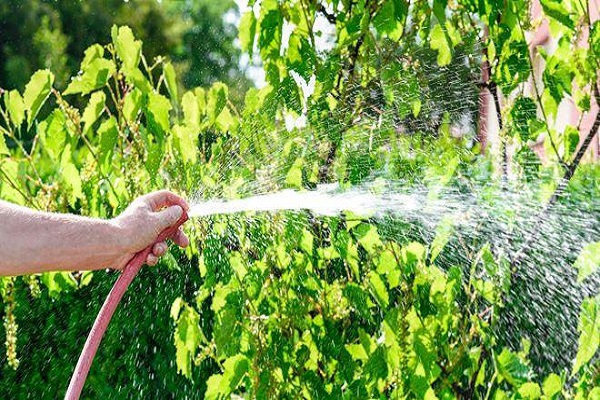
Drip irrigation is a good choice. The tape is placed 20 centimeters from the stems of the bush. In this case, each vine gets the required amount of water.
The best irrigation option is underground irrigation. Thanks to him, the soil is perfectly moistened at depth. The grapes will not be damaged during severe frosts. The risk of contracting fungus will be minimized.
To organize drainage irrigation, metal pipes with a diameter of 15 centimeters deep by 50 must be dug along a row of bushes. Part of the pipe 15 centimeters long is left above the ground. 15 holes are made at the bottom of the structure. A drainage layer of chipped bricks is created under the pipe. Keep the top closed to prevent dirt from entering.
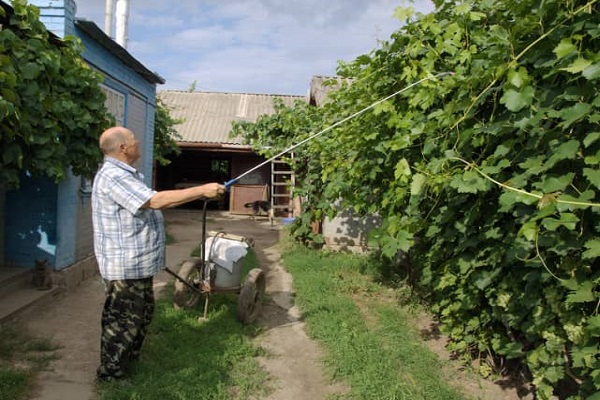
Irrigation through a solid drainage pipe is an economical method. Water consumption is less, and the bushes are moistened more.
Features of watering grapes in the first year
There are some nuances of irrigating young bushes. Grapes are very fond of water, but it is better to underfill than overmoisten. Excessive irrigation provokes the formation of superficial roots. In summer, they often lack moisture, and at low temperatures they freeze out.
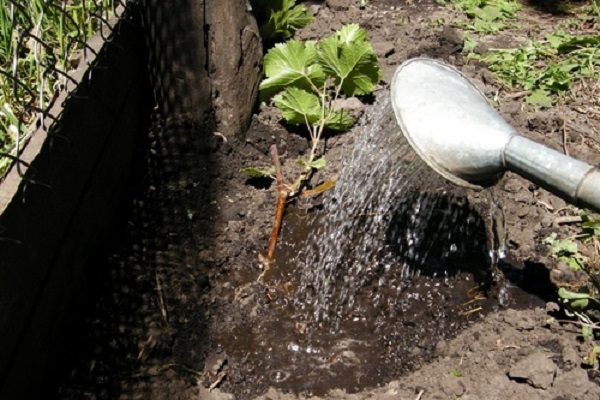
When the shoots are gaining growth, less irrigation is required. If the development is suddenly suspended, it is necessary to moisten the soil and feed.
For the shoots to take root better, their root system needs a lot of moisture. Therefore, in the first year of the growing season, you need to pay special attention to the sprouts, irrigate them in a timely manner.
Since the rhizome is in the ground, you need to form a small depression next to each shoot or dig in a bottle with a notch. It is necessary to regularly pour water into these places and observe how quickly it is absorbed.
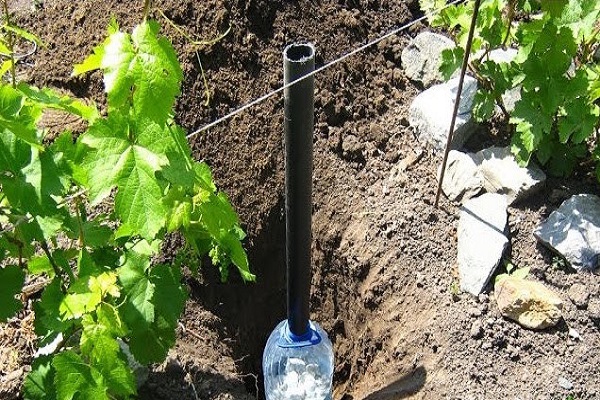
After each event, sprinkle the wet soil with dry. This helps the bushes not to become chapped and retain moisture for a longer time. It is better to carry out the procedures in the evening, when the sun does not bake too much. During the day, you can pour water, let it warm up. Before watering, add nutrients with calcium, iodine, zinc.
It will take a lot of liquid, since a young seedling consumes up to 15 liters. Volumes decrease as they grow. From the middle of summer, the bushes are moistened twice a month.
Regular irrigation is essential when growing healthy grapes. Timeliness and correct watering is a guarantee of an excellent harvest and a long life of a perennial.

